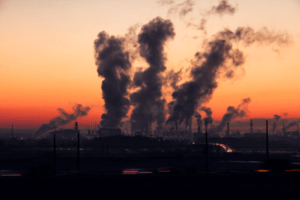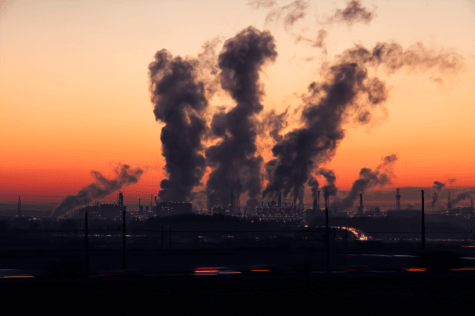ST. LOUIS — It’s long been warned that air pollution presents serious health hazards to humans, including an increased risk of asthma, lung cancer, heart disease, stroke, and other cardiovascular and respiratory ailments. Now a new study finds that the dirtier the air, the greater the risk of suffering from kidney disease, too.
Researchers from Washington University pulled health data on more than 2.5 million people listed in Veterans Affairs databases for nearly nine years beginning in 2004. The team specifically sought out cases of kidney disease and then examined air-quality levels recorded by the EPA as well as NASA — which used sensors in outer space for its findings — that corresponded to each particular case.

They found that nearly 45,000 new cases of kidney disease and nearly 2,500 new cases of kidney failure could be linked to toxic air that contained levels of pollutants deemed potentially dangerous by the Clean Air Act established by the EPA.
Senior author Dr. Ziyad Al-Aly, an assistant professor of medicine at WashU, said the correlation between air pollution and kidney disease is “clear,” despite limited research on the connection in the past.
“The beauty of using both EPA and NASA data is that the agencies used two distinct techniques for collecting data, yet the results were similar,” says Al-Aly in a university news release. “This constellation of findings suggests that chronic exposure to air pollution is a significant risk factor for the development and progression of kidney disease.”
What’s more, the researchers found that pollution levels didn’t have to be sky high to have negative effects. Even when small measurements of particulate matter — a combination of liquid droplets and particles like dirt, dust, soot, or smoke that enter the air — were detected, the team said that the kidneys were still at risk.
Simply put, the higher the level of pollution, the higher the risk of kidney disease.
“No level is completely safe,” says Al-Aly. “Even at relatively low levels, there was a relationship between particulate matter concentrations below the EPA thresholds and kidney disease.”
In the American Lung Association’s latest “State of the Air” report, the number of Americans exposed to air pollution dropped from 166 million in the 2016 report, to 125 million in the 2017 update. Still, the report found that 4 in 10 Americans lived in a community that was found to have unhealthy air quality.
The study was published Thursday in the Journal of the American Society of Nephrology.

Comments
Comments are closed.